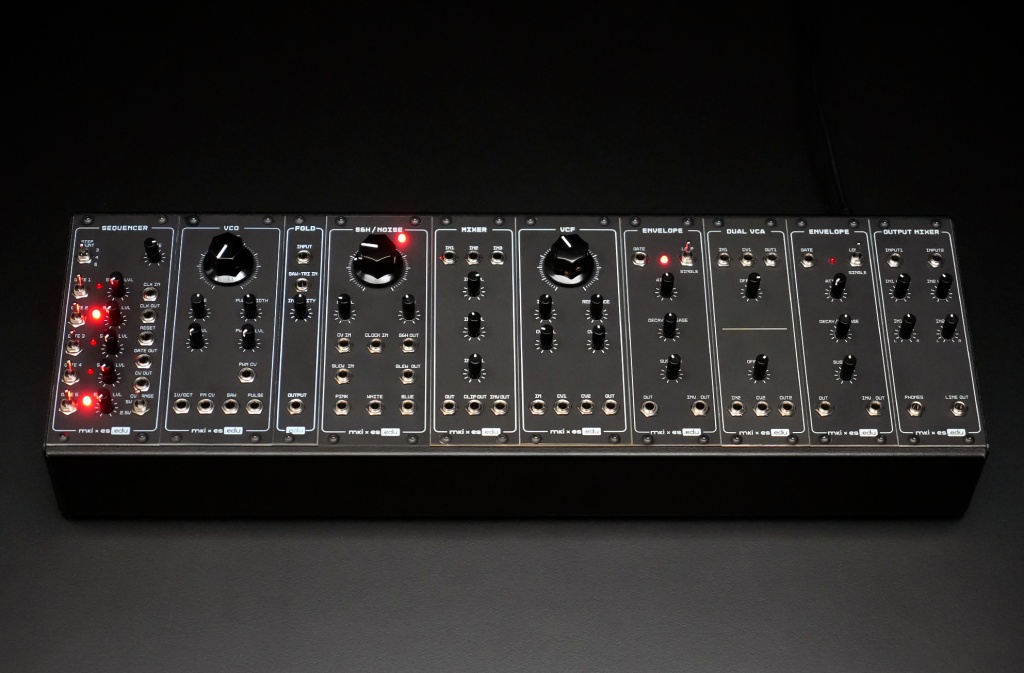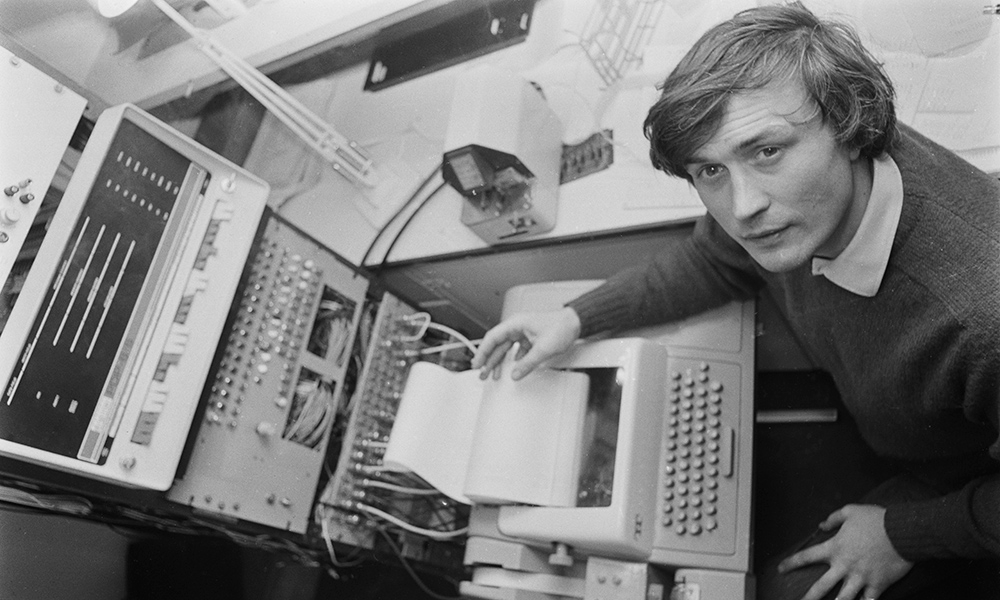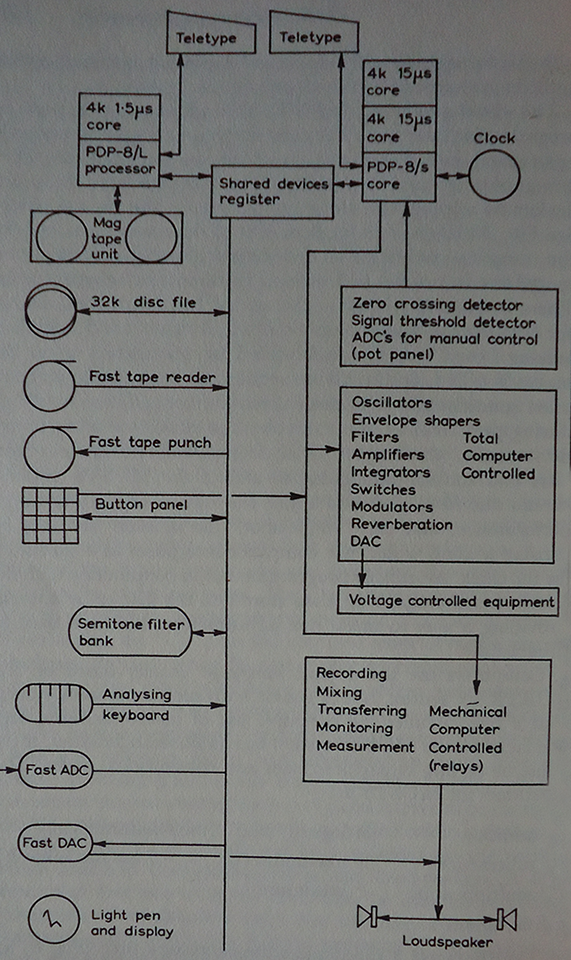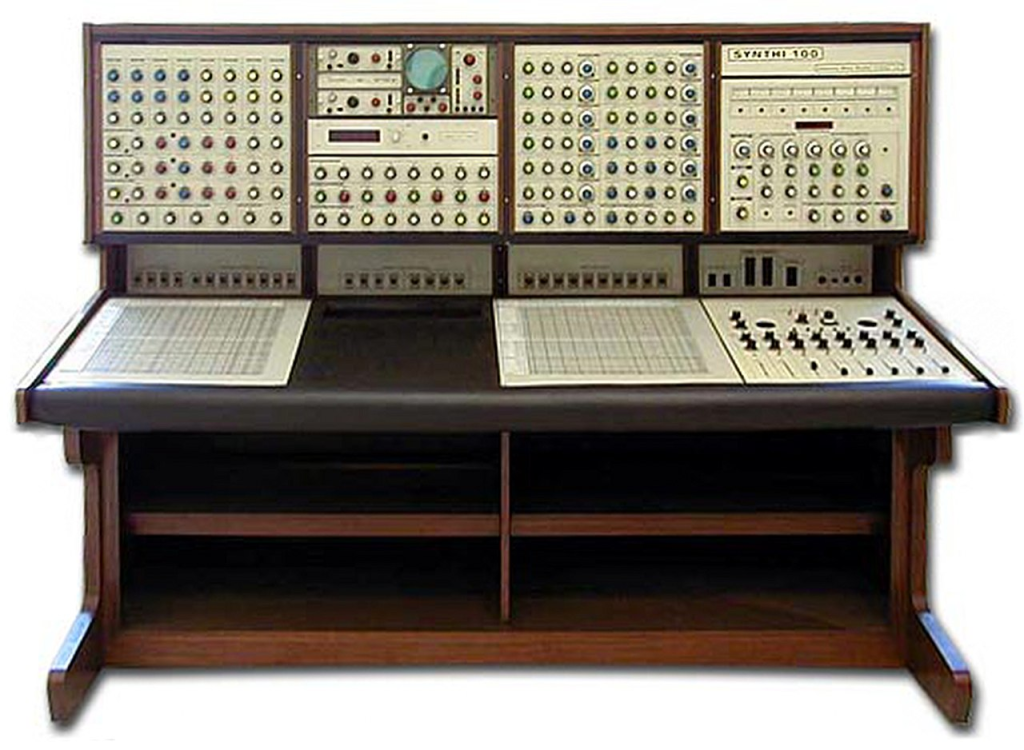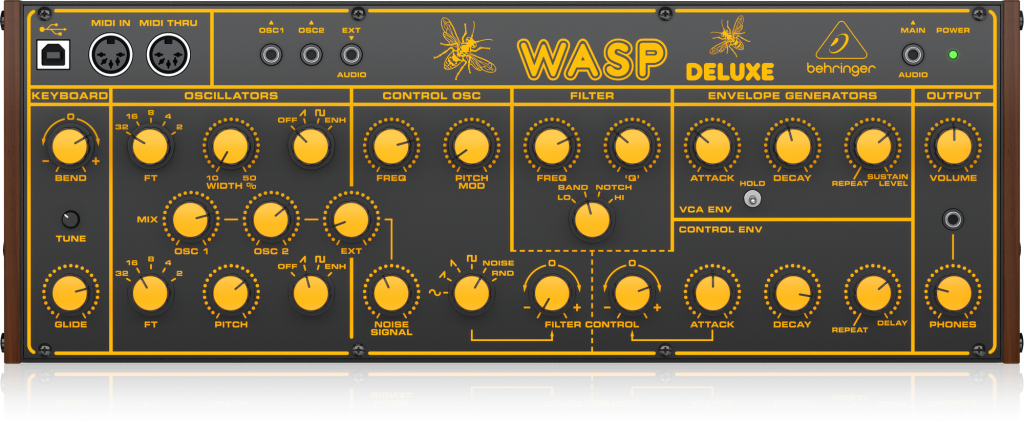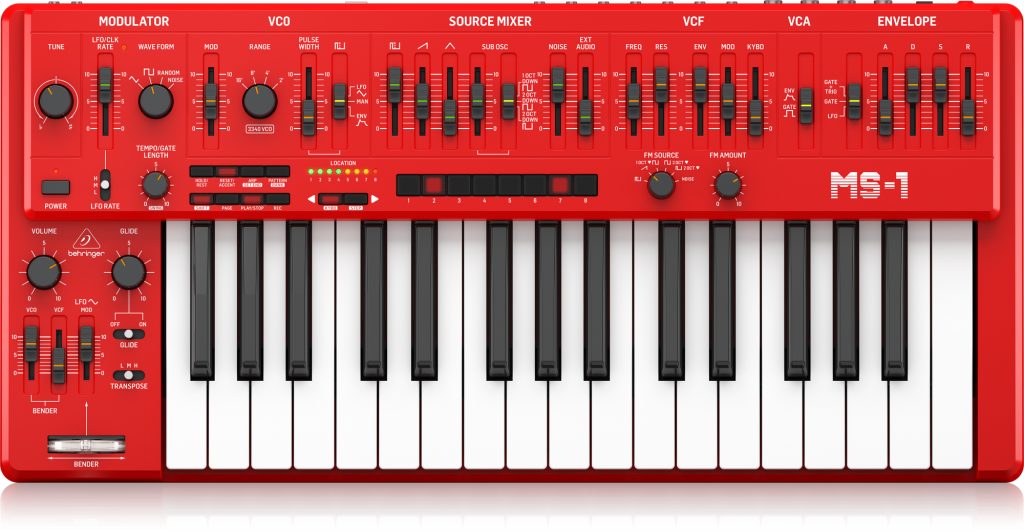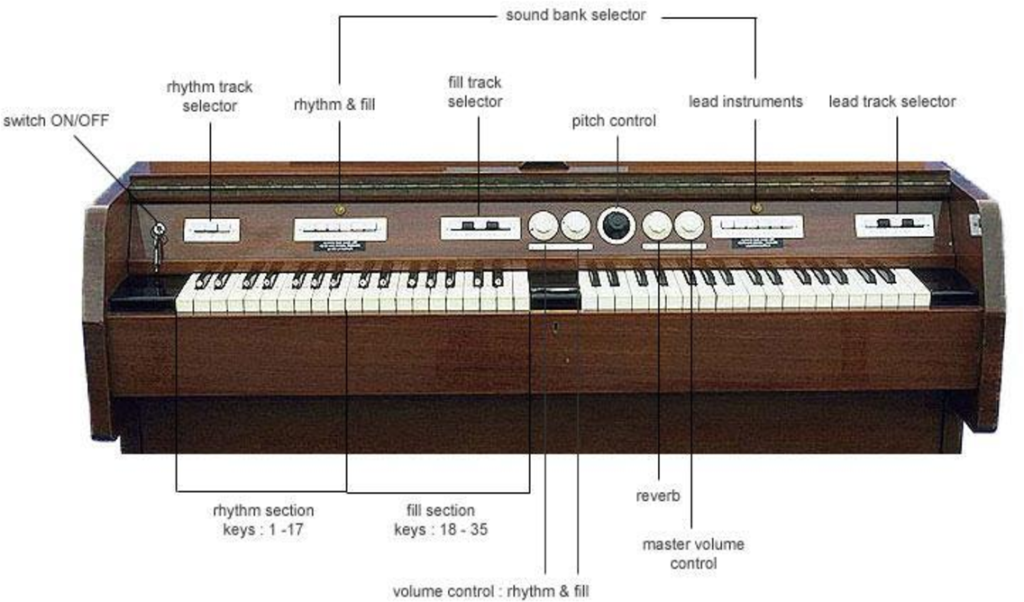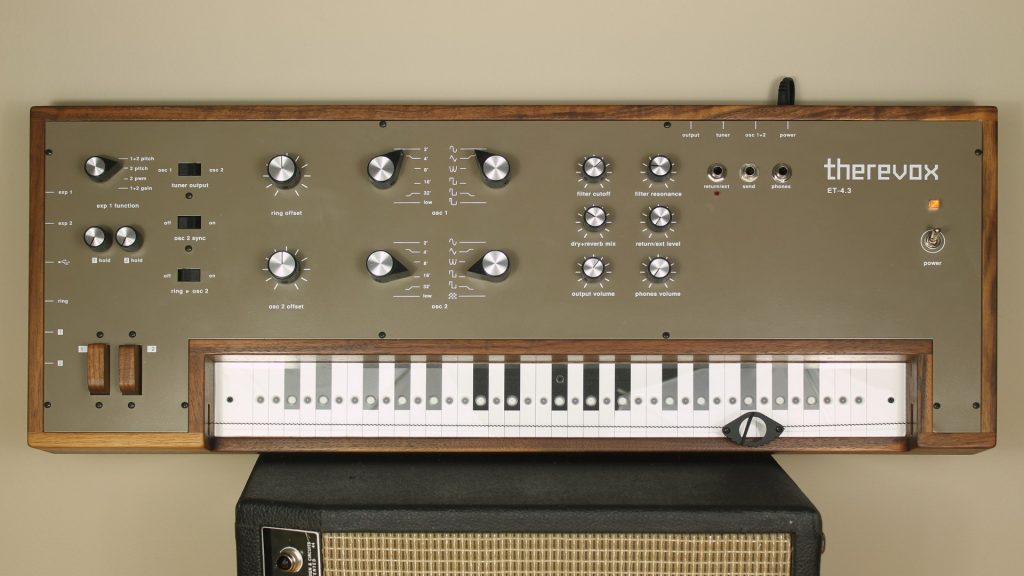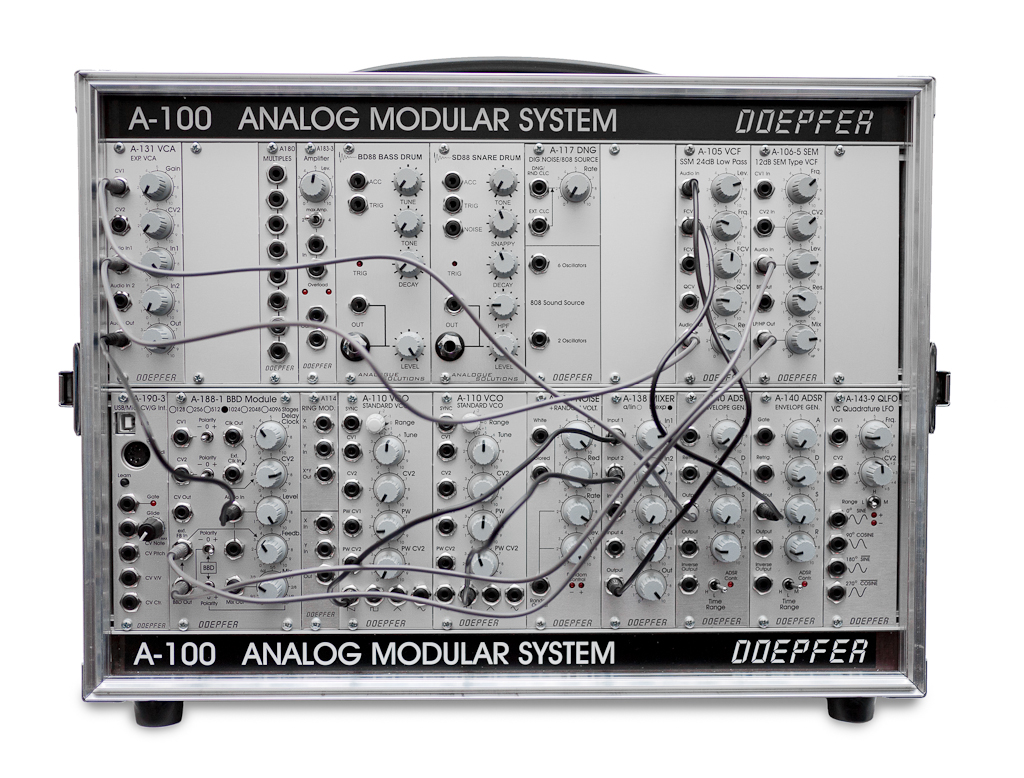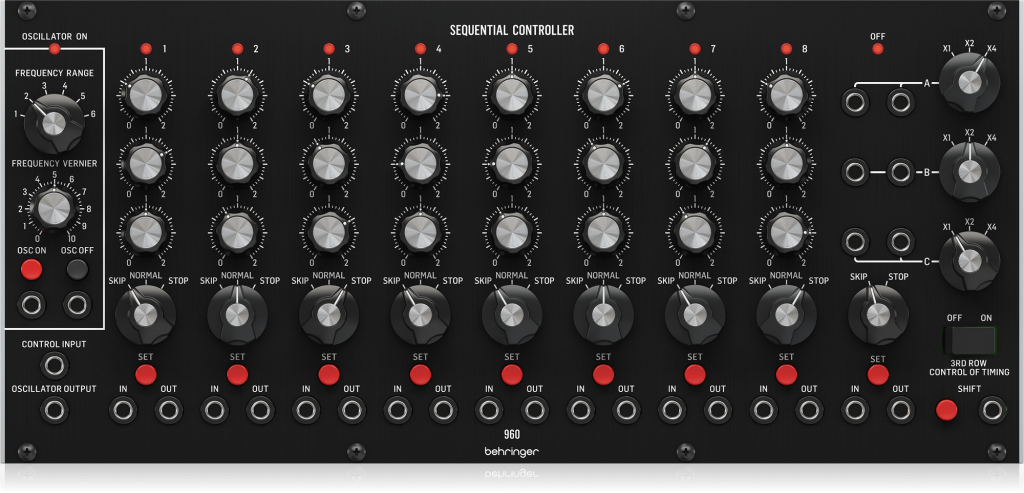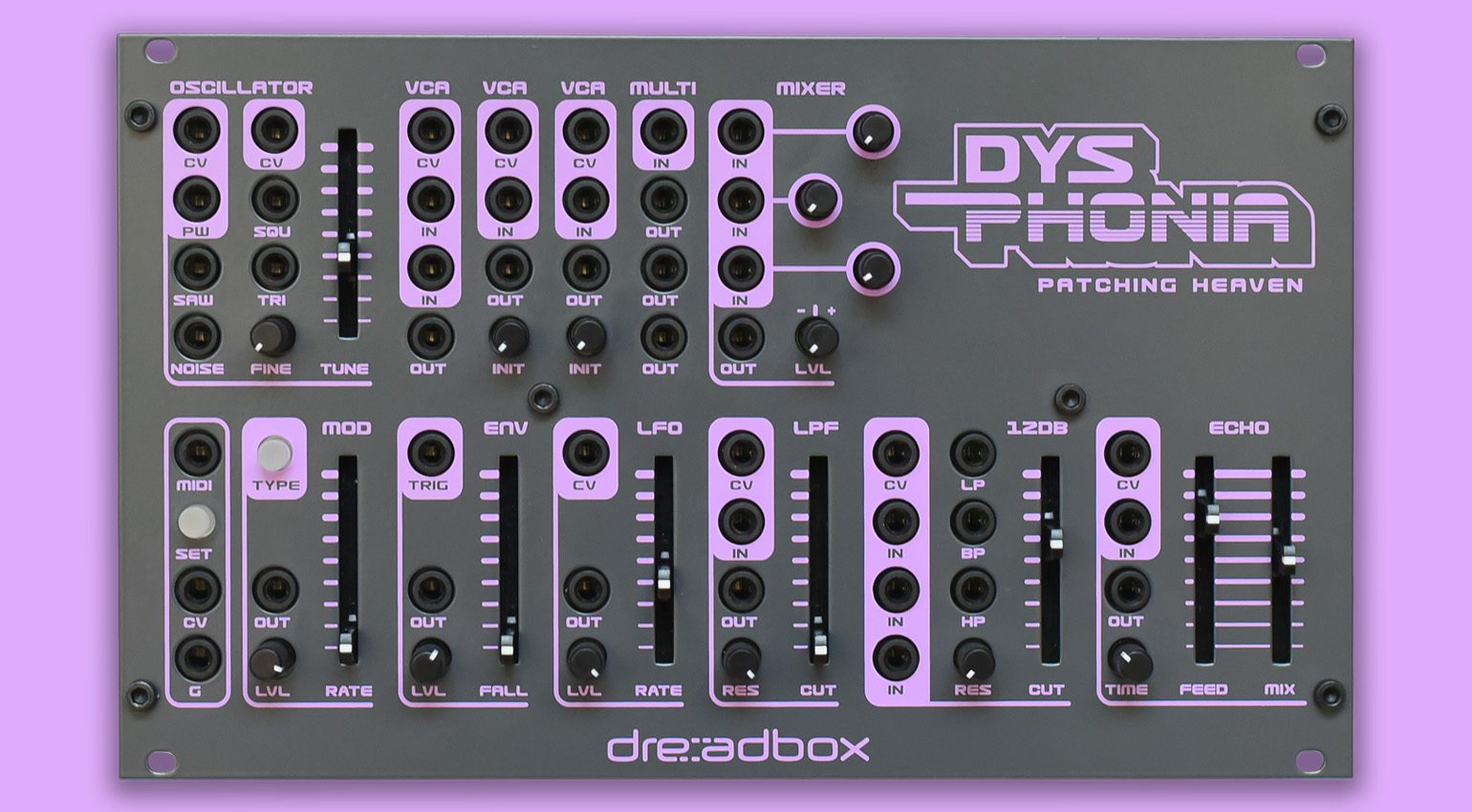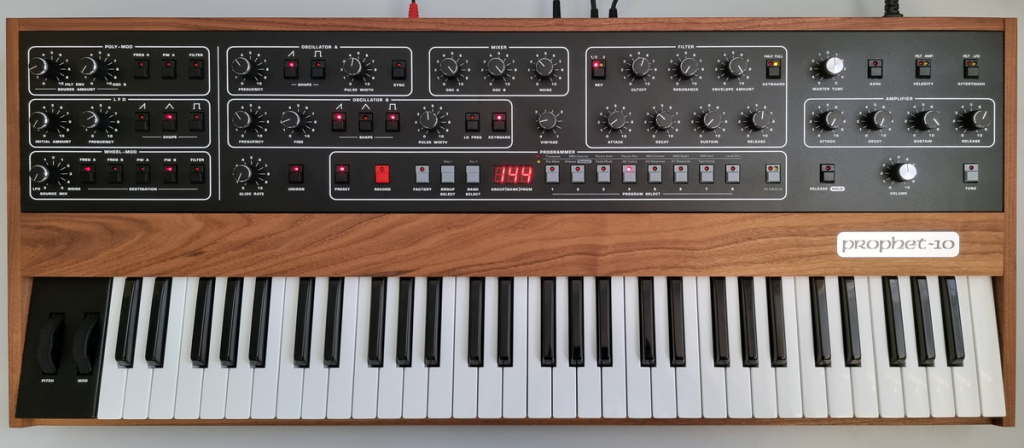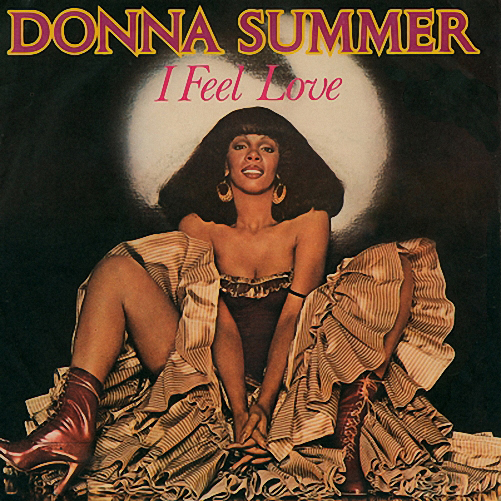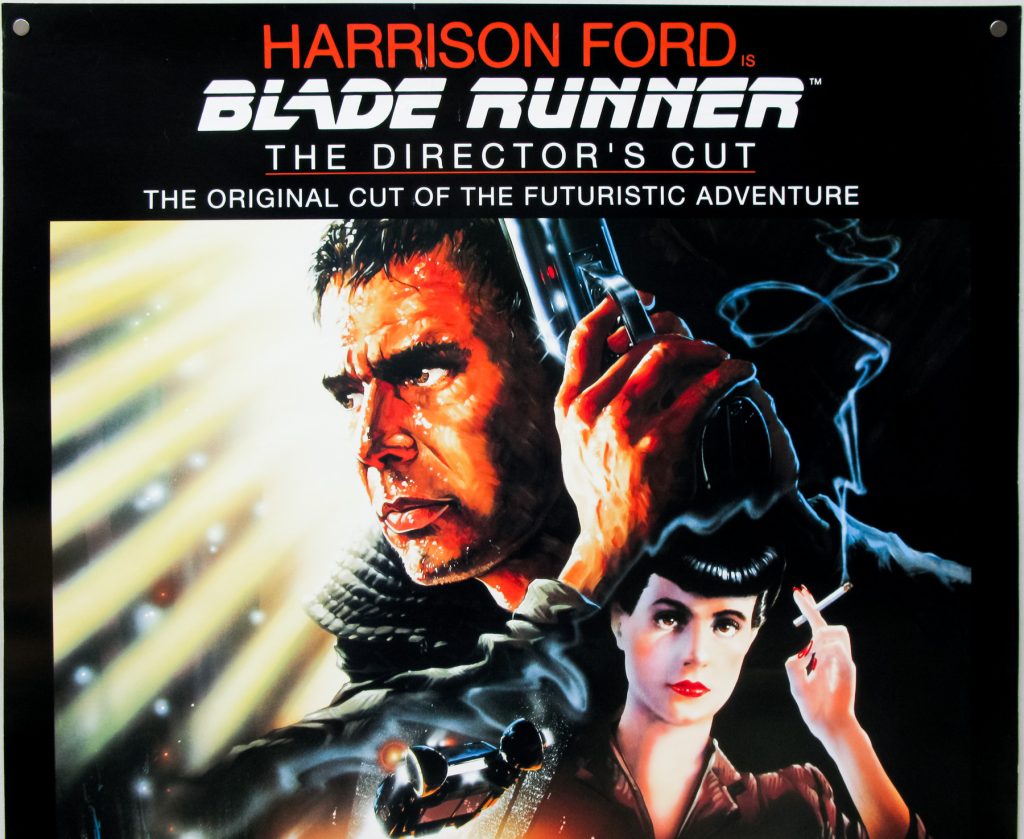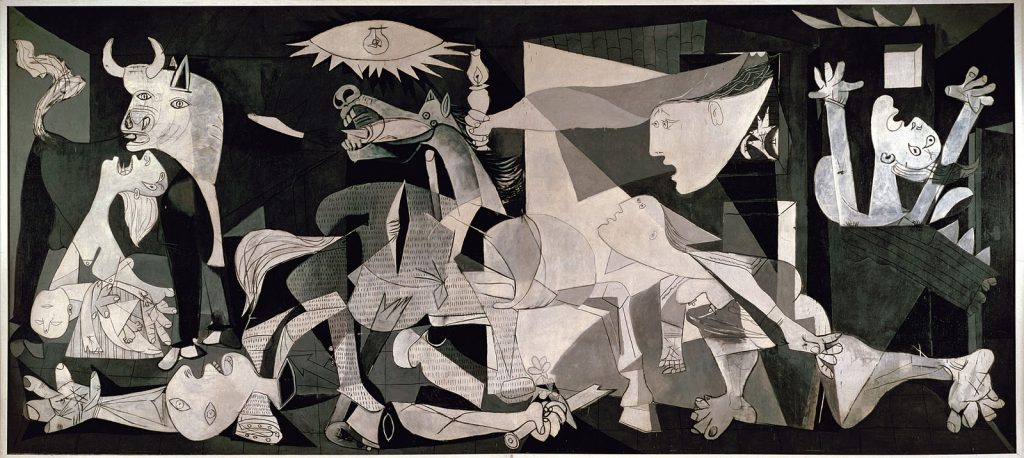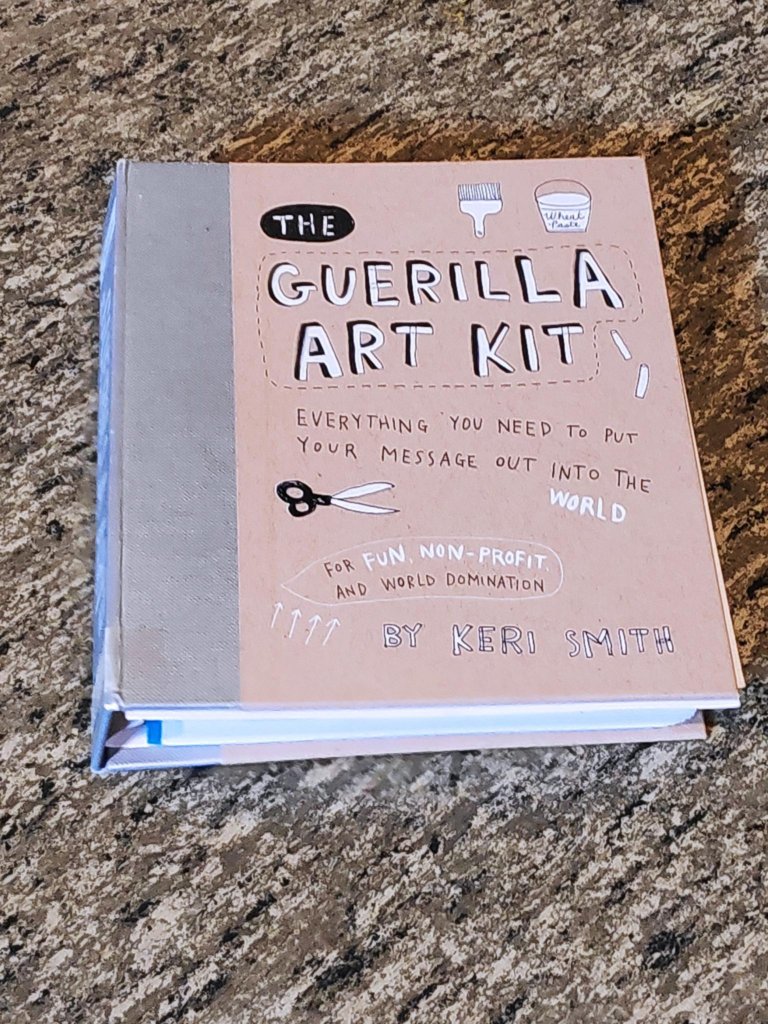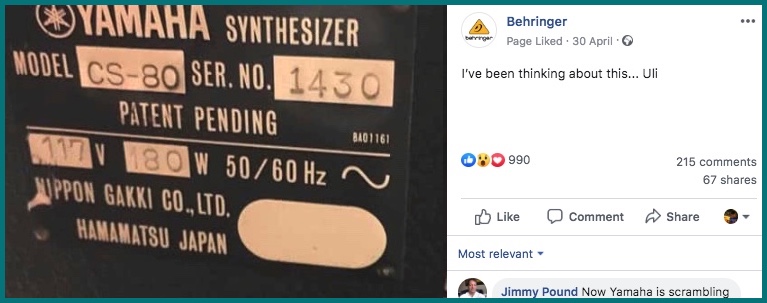
Ondes Martenot = Martenot waves = ondes musicales = musical waves is an early electronic musical instrument played with a keyboard or by moving a ring along a wire, creating wavering sounds similar to a theremin.
The ondes Martenot was invented in 1928 by Maurice Martenot (1898 – 1980) who, working as a radio operator in World War I, and was inspired by the accidental overlaps of tones between radio oscillators. He wanted to replicate these and hoped to bring the musical expressivity of the cello to this new instrument.
Units were manufactured to order. Over the following years, Martenot produced several variants/ versions/ models, introducing the ability to produce vibrato by moving the keys. Martenot was interested in mass-producion, which may have contributed to the instrument’s declining popularity following initial interest.
The ondes Martenot is unique among electronic musical instruments in its methods of control. It can be played with a metal ring worn on the right index finger. Sliding the ring along a wire produces theremin-like tones, generated by oscillator circuits using vacuum tubes, or transistors in the seventh model.
Martenot first demonstrated the ondes Martenot 1928-04-20, performing the Greek-French composer Dimitrios Levidis’ (1885/ 6 – 1951) Poème symphonique at the Paris Opera.
The third model, unveiled in 1929, had a non-functioning simulacrum of a keyboard below the wire to indicate pitch. This model also had a “black fingerguard” on a wire which could be used instead of the ring. It was held between the right thumb and index finger, which was played standing at a distance from the instrument. When played in this way, the drawer is removed from the instrument and placed on a bench next to the player. Maurice Martenot’s Pedagogical Manual for the ondes Martenot (1931), offers instruction on both methods of playing.
Later versions added a functioning keyboard; the keys produce vibrato when moved from side to side. This was introduced in the 1930s with the 84-key fourth version of the instrument. Subsequent versions had 72 keys. Combined with a switch that transposes the pitch by one octave, these instruments have a range from C1 to C8. A drawer allows manipulation of volume and timbre by the left hand. Volume is controlled with a touch sensitive glass lozenge.
Early models can produce only a few waveforms. Later models could simultaneously generate sine, peak-limited triangle, square, pulse, and full-wave rectified sine waves, in addition to pink noise, all controlled by switches in the drawer. The square wave and full-wave rectified sine wave can be further adjusted by sliders in the drawer. On the Seventh model, a dial at the top of the drawer adjusts the balance between white noise and the other waveforms. A second dial adjusts the balance between the three speakers. A switch allows a performer to select between the keyboard and the wire.
Further adjustments can be made using controls in the body of the instrument. These include several dials for tuning the pitch, a dial for adjusting the overall volume, a switch to transpose the pitch by one octave, and a switch to activate a filter. The drawer of the seventh version also includes six transposition buttons, which change the pitch by different intervals. These can be combined to immediately raise the pitch by up to a minor ninth.
Martenot produced four speakers, called diffuseurs, for the instrument. The Métallique features a gong instead of a speaker cone, producing a metallic timbre. It was used by the first ondes Martenot quartets in 1932. Another, the Palme speaker, has a resonance chamber laced with strings tuned to all 12 semitones of an octave; when a note is played in tune, it resonates a particular string, producing chiming tones. It was first presented alongside the sixth version in 1950.
The ondes Martenot was promoted by performance tours in Europe, North America and elsewhere in the world. In 1937, the ondes Martenot was displayed at the Exposition Internationale de Paris with concerts and demonstrations in an ensemble setting with up to twelve ondists performing together. Beginning in 1947, the ondes Martenot was taught at the Paris Conservatory, with Martenot as the first teacher.
This post began, not by examining the ondes Martenot, but by reading about ondist Jeanne Loriod (1928 – 2001), a French musician, regarded as the world’s leading exponent of the ondes Martenot. Yes, a player of the ondes Martenot is called an ondist. Her most notable performances included the Turangalîla-Symphonie. Her repertoire included 14 concertos, some 300 works with concertante parts for ondes and another 250 chamber works. She also performed in numerous film soundtracks, and published a definitive work on the instrument, Technique de l’onde electronique type Martenot (1987) in three volumes.
Olivier Messiaen (1908 – 1992) French composer, organist, teacher of composition and musical analysis as well as an ornithologist, was responsible for creating the most interesting music for l’ondes Martenot. A Wikipedia biographical article about Messiaen details his work, including his interest in birdsongs. Much of the fame associated the ondes Martenot is because of Messiaen’s compositions. After his death, his widow, Yvonne Loriod (1924 – 2010), Jeanne Loriod’s sister, arranged and edited four unpublished Feuillets inédits for ondes Martenot and piano which were published in 2001.
Others who used the instrument include: French composer, teacher and musicologist Charles Koechlin (1867 – 1950); French composer and music critic Florent Schmitt (1870 – 1958); French and American composer Edgard Varèse (1883 – 1965) described by Henry Millar (1891 – 1980) as the Stratospheric Colossus of Sound, did not use the ondes Martenot often, but it did appear in the premiere of Amériques in Paris (1918 – 1921, revised 1927); French composes Jacques Ibert (1890 – 1962); French composer, conductor and teacher Darius Milhaud (1892 – 1974) enjoyed the unusual nature of the ondes Martenot, used it several times in the 1930s for incidental music; Swiss composer Arthur Honegger (1892 – 1955), whose most notable work including the ondes Martenot was his dramatic oratorio, Jeanne d’Arc au bûcher (1935) in which the ondes Martenot’s unique sonority was used to augment the string section; British-Hungarian composer Mátyás Seiber (1905–1960); French composer, biographer and arts administrator Marcel Landowski (1915 – 1999); John Morton (1931-2014), performed works by Messiaen, Milhaud, Honegger and Bartok, amongst others at the Royal Albert Hall and elsewhere in the 1970s, as well as on television and radio; Québécois (Canadian) composer, pianist, poet and ethnomusicologist Claude Vivier (1948 – 1983); British composer Thomas Adès (1971 – ) made extensive use of the ondes Martenot in his opera, The Exterminating Angel (2016) stating that the ondes Martenot could be considered the voice of the exterminating angel.
Today, people are most likely to encounter l’onde Martenot in the sound tracks of science fiction and horror films. It has also been used by: Musicologist and rare instrument musician Thomas Bloch (1962 – ) who also uses other instruments such as the glass harmonica, and cristal baschet (both to be topics of future weblog posts); Daft Punk, formed in 1993 in Paris by Thomas Bangalter (1975 – ) and Guy-Manuel de Homem-Christo (1974 – ), Damon Albarn (1968 – ) of Blur and Jonny Greenwood (1971 – ) of Radiohead, who described it as “a very accurate theremin that you have far more control of … When it’s played well, you can really emulate the voice.”
Douglas Martin (? – ) in 2001 described its sound as a haunting wail. David McNamee (? – ) in 2009, said the ondes Martenot can be as soothing and moving as a string quartet, but nerve-jangling when gleefully abused.
The English musicologist, composer and inventor of experimental musical instruments Hugh Davies (1943 – 2005). estimated that more than 1 000 works had been composed for the ondes. Jeanne Loriod estimated that there were 15 concertos and 300 pieces of chamber music. The instrument was used in French theatres such as the Comédie-Française, the Théâtre National Populaire and the Folies-Bergère.
Thomas Adès’s opera The Exterminating Angel makes extensive use of the Ondes Martenot, which Adès says “could be considered the voice of the exterminating angel”.
The Guardian described Jonny Greenwood of the English rock band Radiohead as a champion of the ondes Martenot. He first used it on Radiohead’s 2000 album Kid A, and it appears in Radiohead songs including The National Anthem, How to Disappear Completely and Where I End and You Begin.
The ondist Thomas Bloch toured in Tom Waits and Robert Wilson’s show The Black Rider (2004–06)[36] and in Damon Albarn’s opera “Monkey: Journey to the West” (2007–2013).[37] Bloch performed ondes Martenot on the 2009 Richard Hawley album Truelove’s Gutter and the 2013 Daft Punk album Random Access Memories.[13] In 2020, the French composer Christine Ott released Chimères (pour Ondes Martenot), an avant-garde album using only the ondes Martenot.[38]
Film and television
The first uses of electronic music in film was probably in 1934, when Arthur Honegger (1892 – 1955) used an ondes Martenot in his soundtrack for the 1932 French animated film L’Idée = The Idea, by Austro-Hungarian filmmaker Berthold Bartosch (1893-1968). In 1936 Adolphe Borchard (1882–1967) used an ondes Martenot in Sacha Guitry’s (1885-1957) Le roman d’un tricheur = Confessions of a Cheat. The instrument was, played by Martenot’s sister, Ginette. It was used by composer Brian Easdale in the ballet music for The Red Shoes.[40][better source needed] French composer Maurice Jarre introduced the ondes Martenot to American cinema in his score for Lawrence of Arabia (1962).[41] Composer Harry Lubin created cues for The Loretta Young Show, One Step Beyond and The Outer Limits featured the instrument, as did the first-season Lost in Space (1965) theme by John Williams. The English composer Richard Rodney Bennett used it for scores for films including Billion Dollar Brain (1967) and Secret Ceremony (1968).[42] Elmer Bernstein learned about the ondes Martenot through Bennet, and used it in scores for films including Heavy Metal,[43] Ghostbusters,[44][45] The Black Cauldron,[45] Legal Eagles, The Good Son, and My Left Foot.[45]
Composer Danny Elfman used the instrument in the soundtrack to the comedy science fiction film Mars Attacks!: he had originally intended to use a theremin, but was unable to find a musician who could play one.[46]
Director Lucille Hadžihalilović decided to use the instrument in her film Evolution (2015) as it “brings a certain melancholy, almost a human voice, and it instantly creates a particular atmosphere”.[47] Other film scores that use the ondes Martenot include A Passage to India, Amelie, Bodysong,[2] There Will Be Blood (2007), Hugo (2011)[48] and Manta Ray.[49]
The ondes Martenot is the subject of the 2013 Quebec documentary Wavemakers.[50] It is used in a performance of Messiaen’s Quartet for the End of Time in an episode from the third season of the Amazon series Mozart in the Jungle, where a musician plays the ondes Martenot to inmates on Rikers Island.[51][52]
The British composer, arranger and conductor Barry Gray (1908–1984) studied the instrument with Martenot in Paris, and used it in his soundtracks for 1960s films including Dr Who and the Daleks (1965) and Doppelgänger (1969) as well as his scores for English television and film producer, director, writer and occasional voice artist Gerry Anderson’s (1929 – 2012) TV series. One of Gray’s instruments (a model 6 from 1969) was inherited and restored by film composer François Evans (1965 – ) who used it in Edgar Wright’s (1974 – ) first feature film, A Fistful of Fingers (1995). , and occasionally records with this instrument in his soundtracks. Evans studied ondes Martenot under Pascale Rousse-Lacordaire (? – ), who was a student of Maurice Martenot and Jeanne Loriod.
The ondes Martenot is sometimes claimed to have been used in the original Star Trek theme; the part was in fact performed by a singer.[2]
Legacy
In 2001, the New York Times described the ondes, along with other early electronic instruments such as the theremin, teleharmonium, trautonium, and orgatron, as part of a “futuristic electric music movement that never went remotely as far as its pioneers dreamed … proponents of the new wired music delighted in making previously unimaginable noises”. The French classical musician Thomas Bloch said: “The ondes martenot is probably the most musical of all electric instruments … Martenot was not only interested in sounds. He wanted to use electricity to increase and control the expression, the musicality. Everything is made by the musician in real time, including the control of the vibrato, the intensity, and the attack. It is an important step in our electronic instrument lineage.”
Journalist Alex Ross (1968 – ) estimates that fewer than 100 people have mastered the ondes Martenot. Mark Singer (1950 – ) wrote in 1997 for The Wire that it would likely remain obscure: “The fact is that any instrument with no institutional grounding of second- and third-raters, no spectral army of amateurs, will wither and vanish: how can it not? Specialist virtuosos may arrive to tackle the one-off novelty … but there’s no meaningful level of entry at the ground floor, and, what’s worse, no fallback possibility of rank careerism if things don’t turn out.”
One of the quirks/ features of ondes Martenot’s electronics is its use of a powder to transfers electric currents. Martenot would mix in different quantities according to musicians’ specifications; the precise proportions are unknown. Attempts to construct new ondes Martenot models using Martenot’s original specifications have had variable results.
Because of the inherent fragility of l’ondes Martenot, there have been attempts to construct more robust functional equivalents.
In 2000, Jonny Greenwood commissioned Analogue Systems, a synthesizer manufacturer, to develop a replica, because he was nervous about damaging his instrument on tour. This replica, called the French Connection, imitates the ondes Martenot’s control mechanism, but does not generate sound directly. Instead, it controls an external oscillator.
David Kean (? – ) is a musician, composer and audio engineer. In 1995 he founded Audities Studios in Seattle. In 1996 he relocated to Los Angeles. In early 2000 he relocated to Calgary, Alberta, Canada. He collects electronic instruments and owns the Mellotron Company. In 2000 he created an improved replica version of l’ondes Martenot.
Jean-Loup Dierstein (? – ) maintained an Ondes Martenot at the Conservatoire de Paris from 2006. This sometimes required him to manufacture new parts to replace the defective and obsolete parts. Thus, it was able to restore fully unusable instruments. In 2011 he decided to manufacture his own variant. These reproduction instruments can be bought for about € 12 000. In 2012, the Canadian company Therevox began selling a synthesizer with an interface based on the ondes Martenot pitch ring and intensity key. In 2017, the Japanese company Asaden manufactured 100 Ondomo instruments, a portable version of the ondes Martenot.
Perhaps the best introduction to ondes Martenot is a short (3m51s) video of Thomas Block, playing improvisations at Fisher Lane studios, in 2010-12.
Notes
I have previously mention ondes Martenot, in a weblog post about the Therevox, published 2022-10-08.
Content from several Wikipedia articles, and other sources, have been reproduced here, without any form of acknowledgement! These weblog posts are not intended to be cited in academic articles. Hopefully, most of the content is correct, but that is not guaranteed. At breakfast on 2025-01-26, I was reminded of this by Trish, who handed me an article about the fallibility of Wikipedia. A Norwegian author had corrected some factual mistakes in a Wikipedia biography about him. The next day he received a life-time editing ban from Wikipedia. The perpetrator of the incorrect information had reported him for vandalism. For example, I find it increasingly difficult to find correct birth and even death years. For some reason, people are reluctant to provide this information. I find these dates are important, because circumstances change. Someone born in Europe in, say. 1935, will have a very different experience of life in their early years, than that of someone born in North America in 2005.


